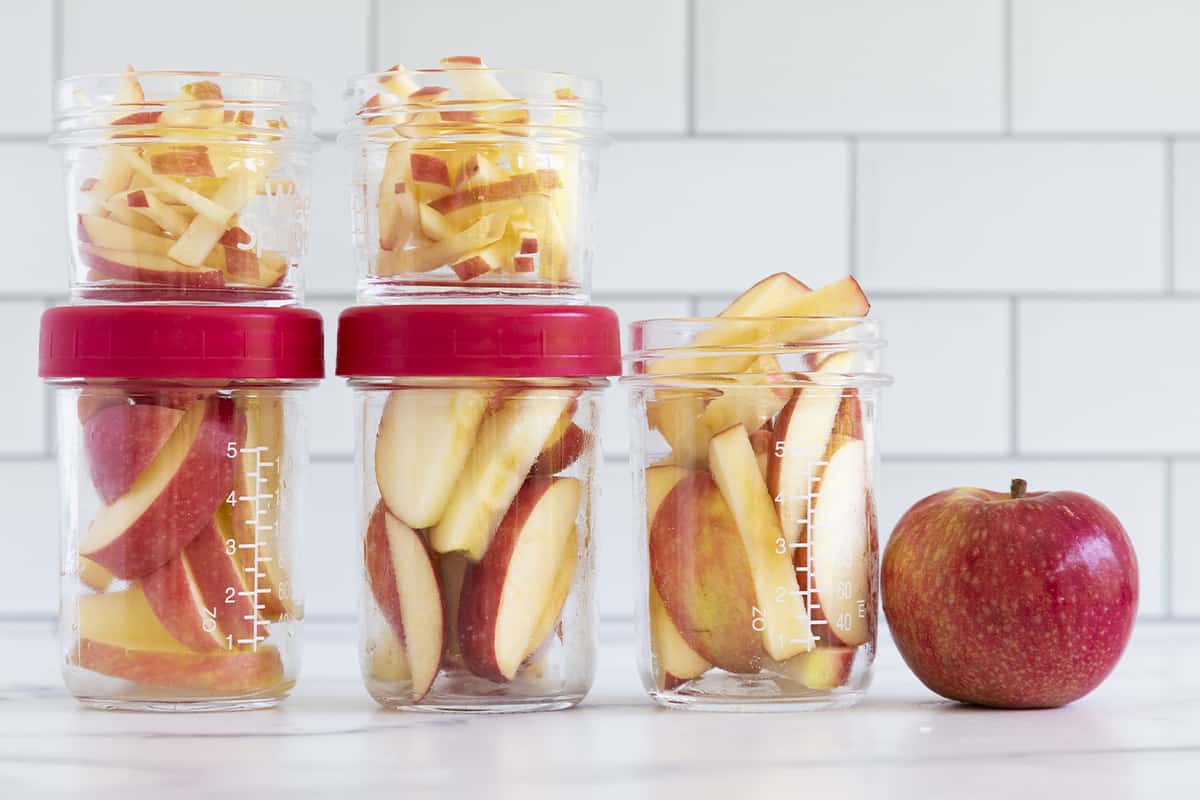

Articles
How To Store Apples In Refrigerator
Modified: August 30, 2024
Learn the best way to store apples in the refrigerator with these helpful articles. Keep your apples fresh and delicious for longer.
(Many of the links in this article redirect to a specific reviewed product. Your purchase of these products through affiliate links helps to generate commission for Storables.com, at no extra cost. Learn more)
Introduction
When it comes to storing apples, ensuring they stay fresh and crisp for as long as possible is key. One of the best methods for storing apples is in the refrigerator. This cool environment can help slow down the ripening process and extend the shelf life of your apples.
However, storing apples in the refrigerator isn’t as simple as tossing them in and forgetting about them. There are a few steps you should follow to ensure optimal storage conditions and prevent your apples from spoiling prematurely.
In this article, we will guide you through the process of storing apples in the refrigerator, from choosing the right apples to proper packaging and maintenance. By following these steps, you’ll be able to enjoy the taste of fresh apples for longer periods.
So, let’s get started and learn how to properly store apples in the refrigerator!
Key Takeaways:
- Choose the right apples for refrigeration, prepare them carefully, and store them in breathable containers to extend their shelf life in the refrigerator. Regularly check and maintain the apples to ensure their freshness and enjoy them within a reasonable time frame.
- Keep apples fresh in the refrigerator by storing them unwashed, separating ripe and unripe ones, and avoiding stacking. Follow proper packaging and storage guidelines to maximize the shelf life of your refrigerated apples and enjoy their crispness for an extended period.
Read more: How To Store Apples Without Refrigeration
Choosing the Right Apples for Refrigeration
Not all apples are created equal when it comes to refrigeration. Some varieties are better suited for long-term storage than others. Here are a few factors to consider when choosing apples for refrigeration:
- Variety: Some apple varieties, such as Granny Smith, Fuji, and Honeycrisp, have a longer shelf life and are more resistant to spoilage. These varieties tend to retain their flavor and texture even after being stored for an extended period.
- Ripeness: Select apples that are firm and free from bruises or blemishes. Overripe or damaged apples are more prone to spoilage, even in the refrigerator.
- Size: Choose apples of similar size to ensure even cooling and prevent overcrowding in the refrigerator.
It’s also worth noting that apples, like many fruits, produce ethylene gas, which can speed up the ripening process of other fruits and vegetables. To prevent premature spoilage, it’s best to store apples separately from other produce items in the refrigerator.
By considering these factors and selecting the right apples, you can maximize the shelf life and quality of your refrigerated apples.
Step 1: Preparing the Apples for Storage
Before you store your apples in the refrigerator, it’s important to properly prepare them. Follow these steps to ensure your apples are ready for optimal storage:
- Inspect: Before storing your apples, carefully inspect each one for any signs of damage, such as bruises or cuts. Remove any damaged or spoiled apples from the batch, as they can accelerate the ripening process and potentially spoil the other apples.
- Clean: Rinse the apples under cold water to remove any dirt or debris on the surface. Gently scrub the skin with a soft brush or cloth, if necessary. Keep in mind, excessive washing can remove the natural protective wax on the apple’s skin, so avoid using soap or harsh detergents.
- Dry: After cleaning the apples, allow them to air dry or gently pat them dry with a clean towel. Moisture on the surface of the apples can lead to spoilage, so ensure they are completely dry before moving to the next step.
- Sort: Sort the apples based on their ripeness if you have a mixture of ripe and unripe apples. It’s best to store apples that are at a similar stage of ripeness together. This will prevent the already ripe ones from overripening and help you consume them in a timely manner.
By properly preparing your apples before storage, you can significantly extend their shelf life and maintain their quality while they are in the refrigerator.
Step 2: Proper Packaging for Refrigeration
Once you have prepared your apples, it’s important to package them correctly for refrigeration. Proper packaging can help create an optimal environment for the apples and prevent them from spoiling. Here’s how you can package your apples for refrigeration:
- Use breathable containers: Choose containers that allow for adequate air circulation. Avoid using sealed plastic bags or airtight containers, as they can trap moisture and cause the apples to spoil. Instead, opt for paper bags or perforated plastic bags that allow airflow.
- Wrap individually: To prevent one spoiled apple from affecting the others, consider wrapping each apple individually in a piece of tissue or wrapping paper. This extra layer of protection can help maintain the freshness of the apples and prevent the spread of spoilage.
- Avoid overcrowding: It’s important not to overcrowd the apples in the refrigerator. Leave enough space between the apples to allow for air circulation. If the apples are packed too tightly, they may not cool properly, leading to faster spoilage.
- Labeling: If you have different apple varieties or ripeness levels, consider labeling the packages to easily identify them. This will help you consume the apples in the appropriate order, starting with the ones that are closest to ripening.
By packaging your apples correctly, you can maintain their quality, prevent spoilage, and ensure they stay fresh and crispy for an extended period.
Store apples in the crisper drawer of the refrigerator, away from strong-smelling foods. Keep them in a perforated plastic bag to maintain humidity and prevent them from absorbing odors.
Step 3: Storing Apples in the Refrigerator
Now that you have prepared and packaged your apples, it’s time to place them in the refrigerator. Follow these guidelines to store your apples properly:
- Find the ideal temperature: The recommended temperature range for storing apples in the refrigerator is between 32°F (0°C) and 40°F (4°C). It’s important to avoid storing them in the coldest part of the refrigerator, such as the back of the bottom shelf, as this can cause them to freeze.
- Select the right spot: Choose a location in the refrigerator where the temperature remains consistent, such as the crisper drawer. This will help maintain the freshness and texture of the apples.
- Keep away from strong odors: Apples can easily absorb odors from other foods in the refrigerator, so it’s important to store them away from items with strong odors, such as onions or garlic. You can use a separate storage container to further protect them if needed.
- Avoid direct contact with metal: Metal can react with the natural acids in apples and affect their flavor. Try to avoid placing the apples directly on metal shelves or in metal containers. Instead, opt for plastic or glass containers.
- Rotate the apples: If you’re storing multiple batches of apples, be sure to rotate them regularly. This will help ensure that all the apples get equal exposure to the cool temperature and prevent any one batch from spoiling.
By following these guidelines, you can effectively store your apples in the refrigerator and keep them fresh and delicious for an extended period.
Read more: How To Store Apple
Step 4: Checking and Maintaining Apples in the Refrigerator
After storing your apples in the refrigerator, it’s essential to regularly check and maintain them to ensure their freshness. Here are some tips for checking and maintaining your refrigerated apples:
- Inspect regularly: Take a look at your stored apples every few days to check for any signs of spoilage. Remove any apples that show rot or mold to prevent the spoilage from spreading to the others.
- Handle with care: When accessing your stored apples, handle them gently to avoid bruising or damaging their skin. Rough handling can accelerate the spoiling process.
- Remove any damaged apples: If you notice any apples that have started to spoil or show signs of decay, remove them immediately to prevent the spread of spoilage. This will also help maintain the quality of the remaining apples.
- Adjust temperature if necessary: If you find that the apples are not staying fresh or are freezing, adjust the temperature setting of your refrigerator accordingly. Finding the optimal temperature can help extend the shelf life of your apples.
- Repackage as needed: If you notice any signs of condensation or excess moisture in the packaging, it’s a good idea to repack the apples with fresh, dry materials. This will prevent the buildup of moisture, which can lead to spoilage.
By regularly checking and maintaining your apples in the refrigerator, you can ensure their freshness and prolong their shelf life for maximum enjoyment.
Tips for Extending Apple Shelf Life in the Refrigerator
In addition to following the steps outlined above, here are some additional tips to help you further extend the shelf life of your refrigerated apples:
- Store unwashed: It’s best to store apples in the refrigerator unwashed. This helps to preserve their natural protective coating, known as the bloom, which helps keep them fresh. Wash the apples just before consuming to remove any dirt or residue.
- Separate ripe and unripe apples: To prevent the ripening process from speeding up, store ripe and unripe apples separately. Ripe apples produce ethylene gas, which can cause other apples to ripen more quickly.
- Keep apples away from ethylene-sensitive produce: Some fruits and vegetables, such as leafy greens, carrots, and cucumbers, are sensitive to ethylene gas and can spoil faster when exposed to it. Store your apples separately from these items to prevent premature spoilage.
- Avoid stacking: Do not stack the apples on top of one another in the refrigerator. Stacking can lead to increased pressure and bruising, which can accelerate the spoiling process.
- Consume within a reasonable time: While refrigeration can significantly extend the shelf life of your apples, it’s still important to consume them within a reasonable time frame. Apples will eventually lose their crispness and flavor, even in the refrigerator, so be sure to enjoy them while they are still fresh.
By implementing these tips, you can maximize the shelf life of your refrigerated apples and enjoy their freshness for an extended period.
Conclusion
Properly storing apples in the refrigerator can help prolong their shelf life and ensure they stay fresh and crisp for a longer period. By following the steps outlined in this article, you can maintain the quality and flavor of your apples, allowing you to enjoy them whenever you please. Here’s a quick recap of the key points:
- Choose the right apples for refrigeration, opting for varieties that have a longer shelf life and are resistant to spoilage.
- Take the time to prepare the apples by inspecting, cleaning, and drying them thoroughly.
- Package the apples in breathable containers, wrap them individually to prevent spoilage, and avoid overcrowding.
- Store the apples in the refrigerator at a consistent temperature, away from strong odors and direct contact with metal.
- Regularly check and maintain the apples, removing any damaged or spoiled ones promptly.
- Follow additional tips, such as storing unwashed, separating ripe and unripe apples, and keeping them away from ethylene-sensitive produce.
Remember, while refrigeration can extend the shelf life of your apples, they will eventually lose their freshness. It’s always best to consume them within a reasonable time frame for the best taste and texture.
By implementing these storage techniques, you can ensure that your refrigerated apples remain a delicious and healthy snack or ingredient for a variety of culinary creations. Enjoy the taste of fresh apples for longer, and waste less by properly storing them in the refrigerator!
Frequently Asked Questions about How To Store Apples In Refrigerator
Was this page helpful?
At Storables.com, we guarantee accurate and reliable information. Our content, validated by Expert Board Contributors, is crafted following stringent Editorial Policies. We're committed to providing you with well-researched, expert-backed insights for all your informational needs.
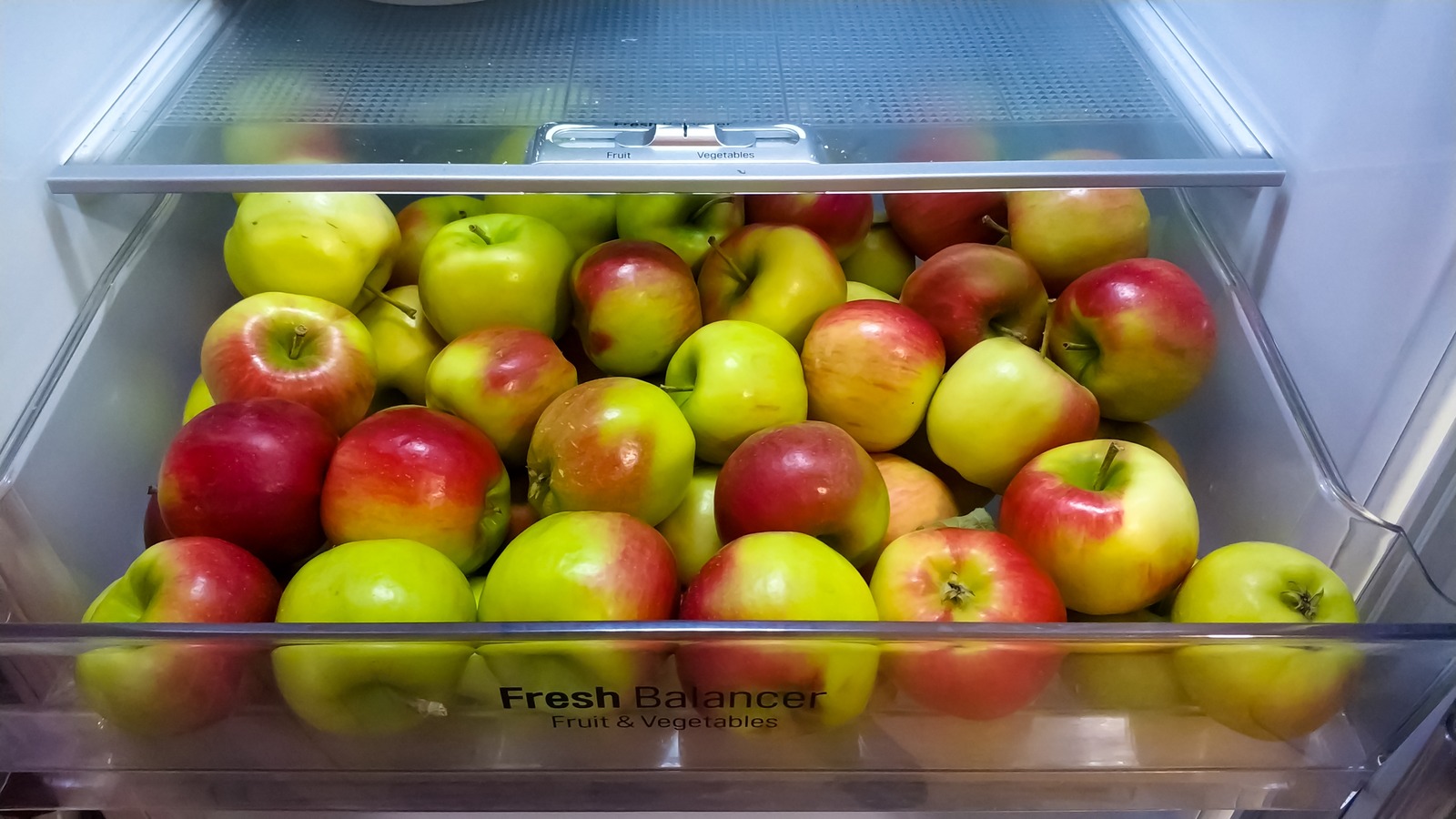
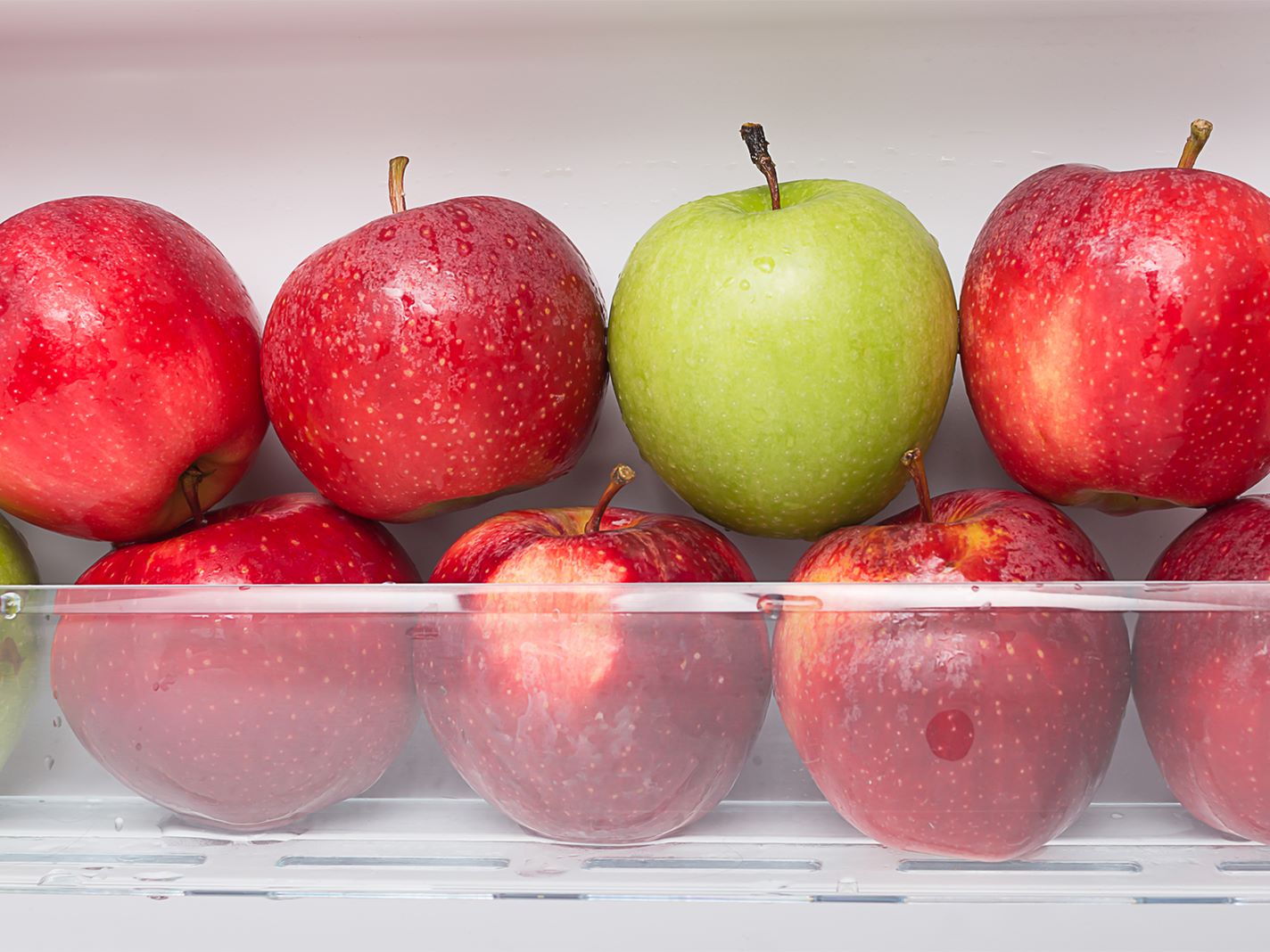
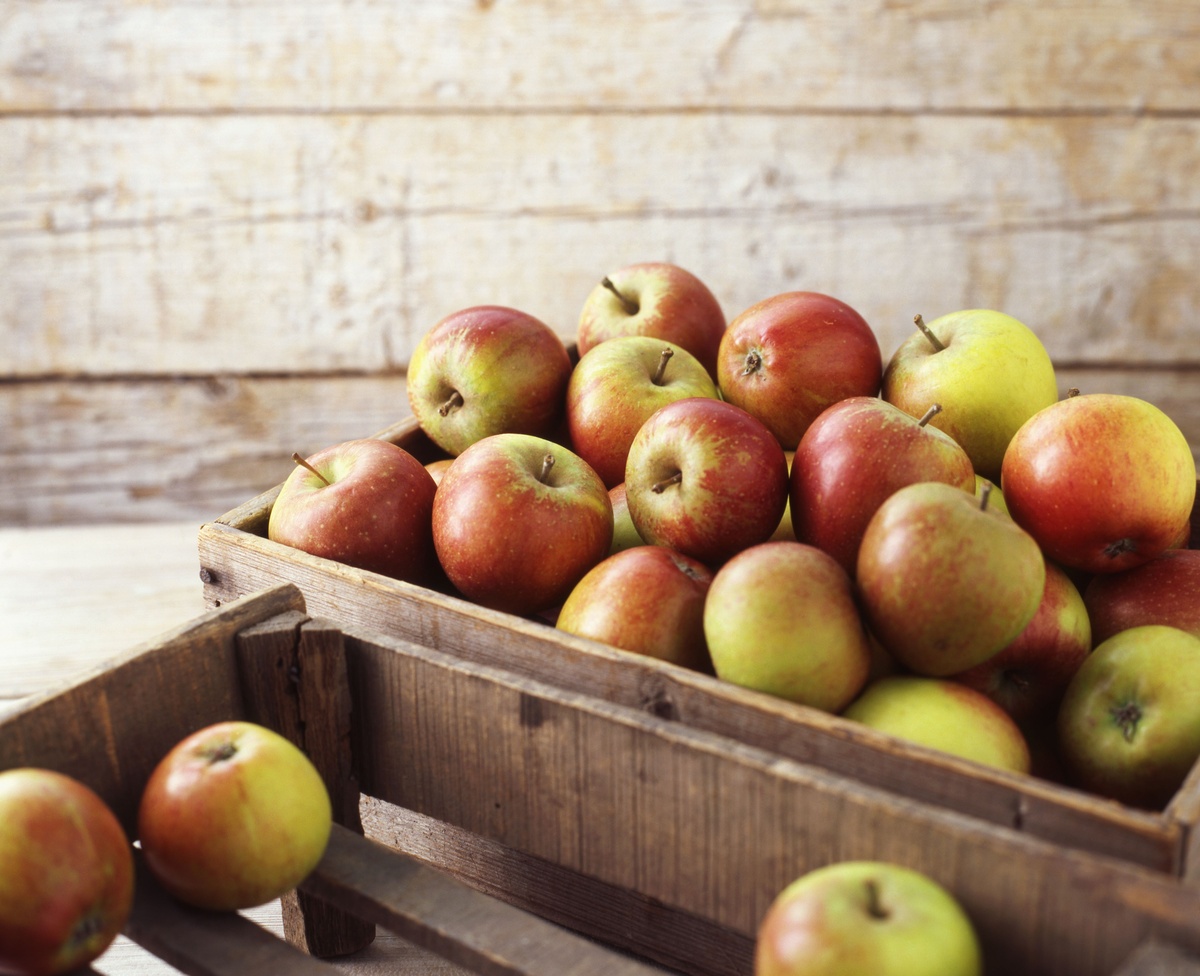
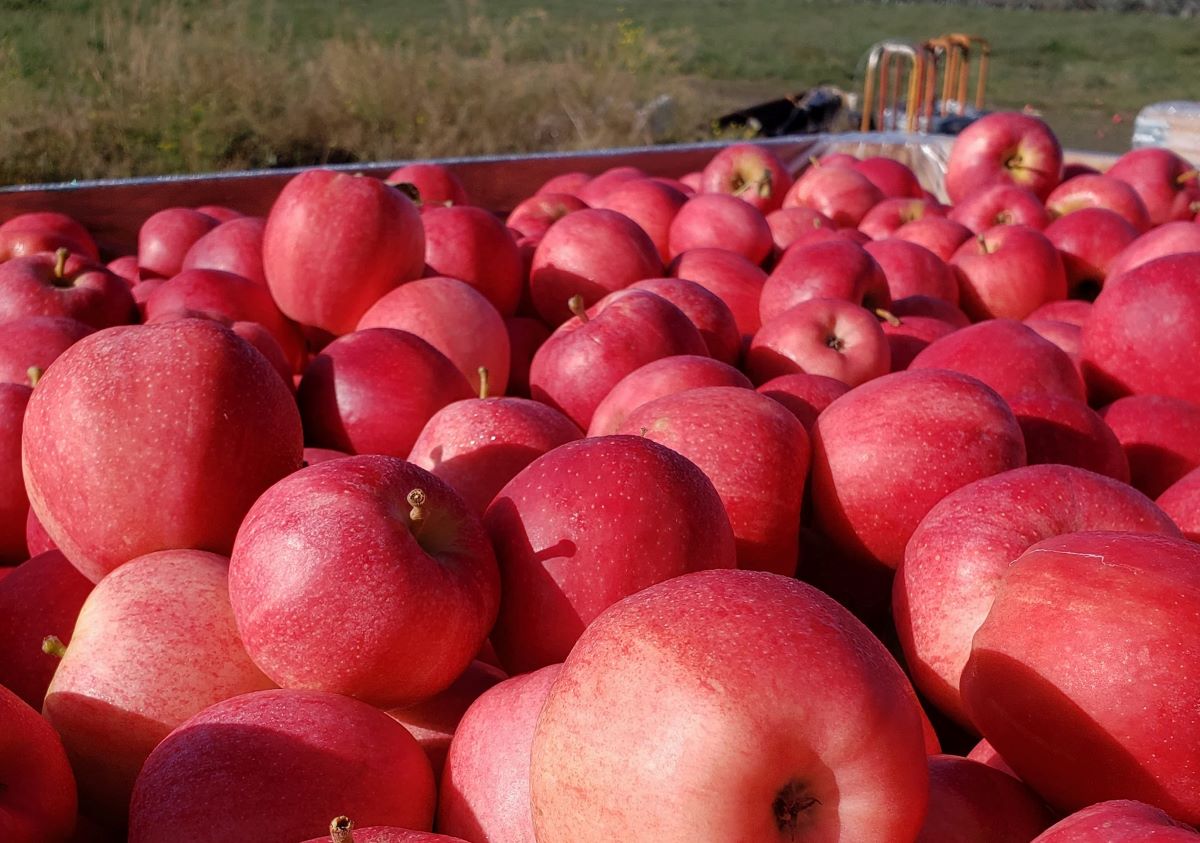
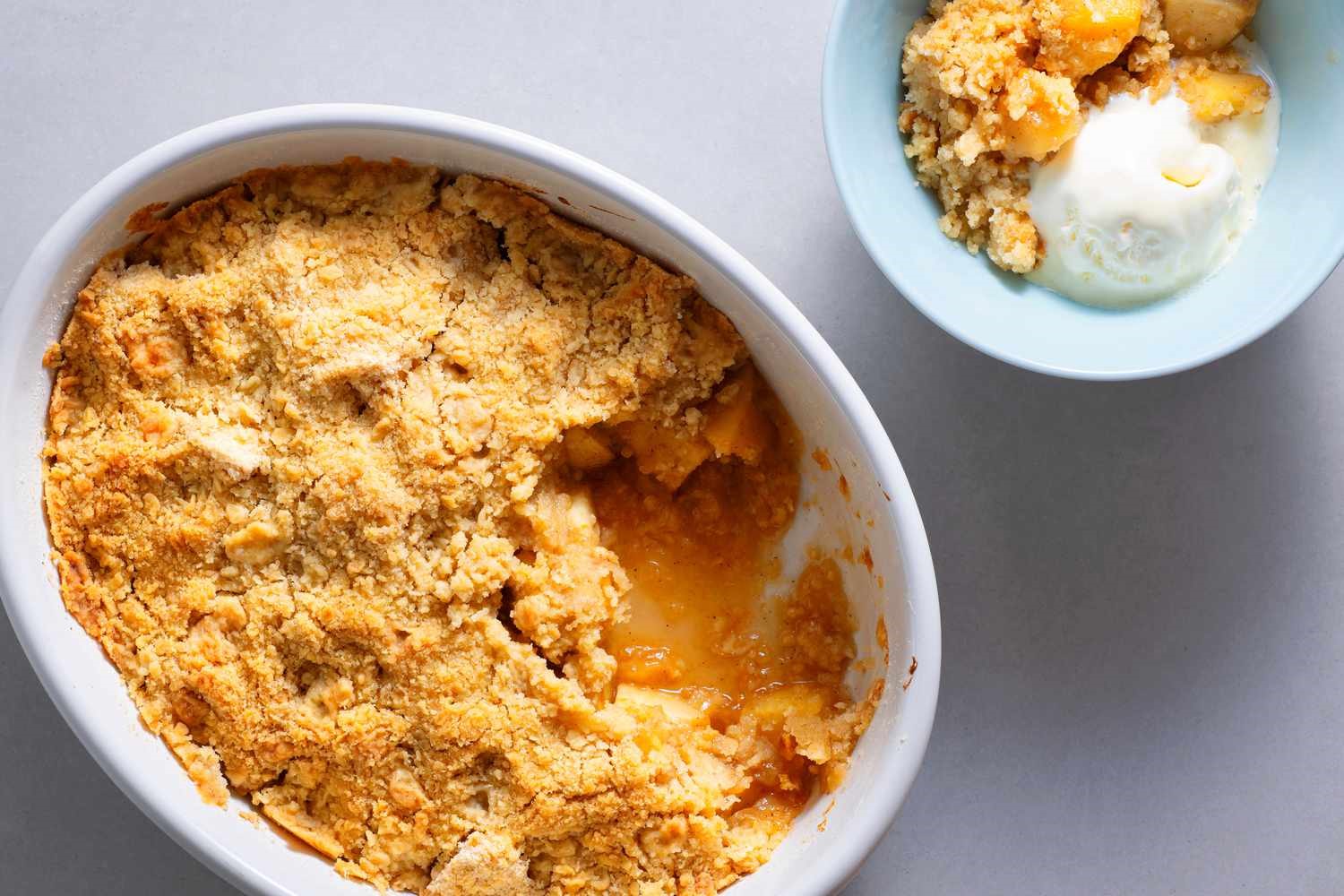
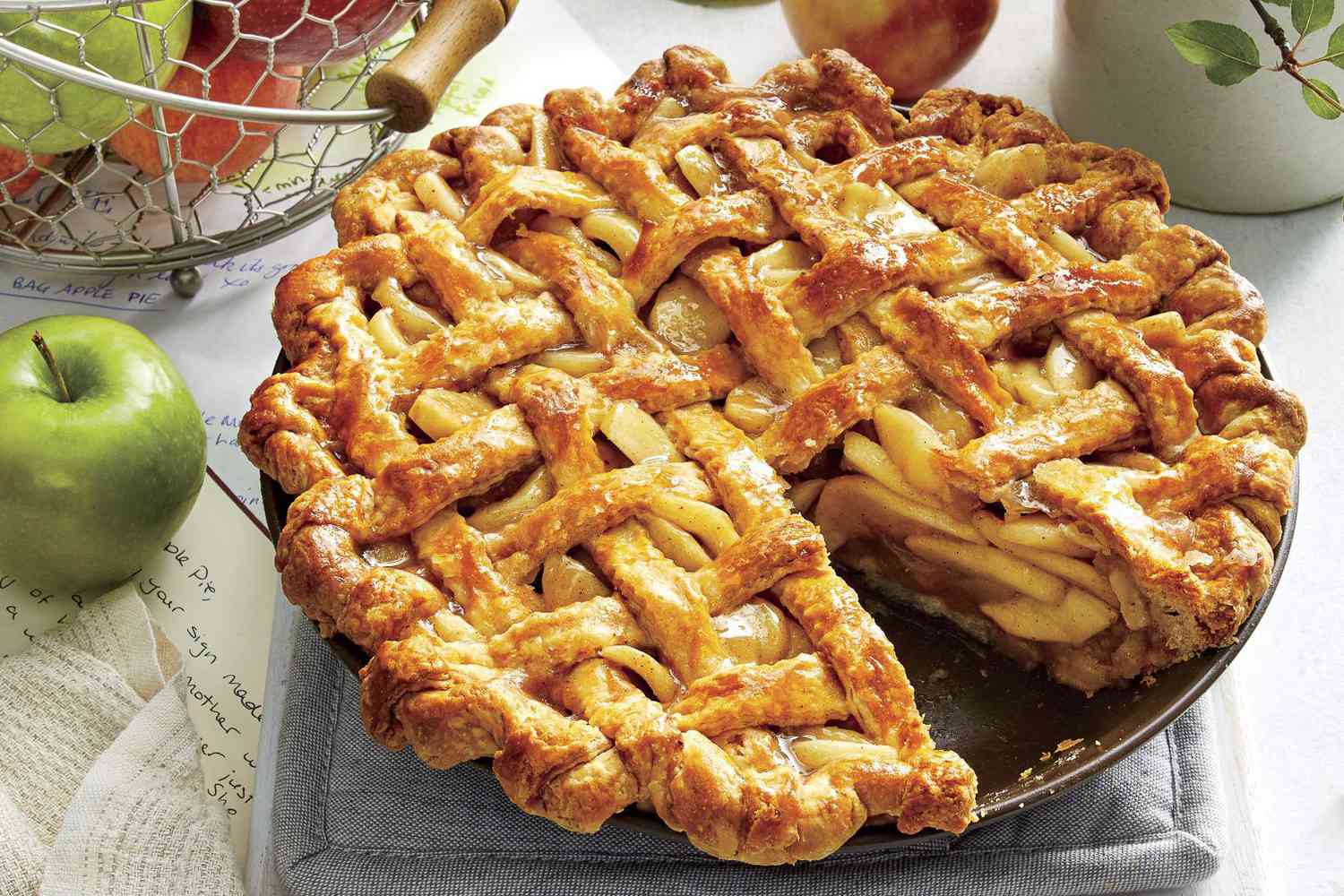
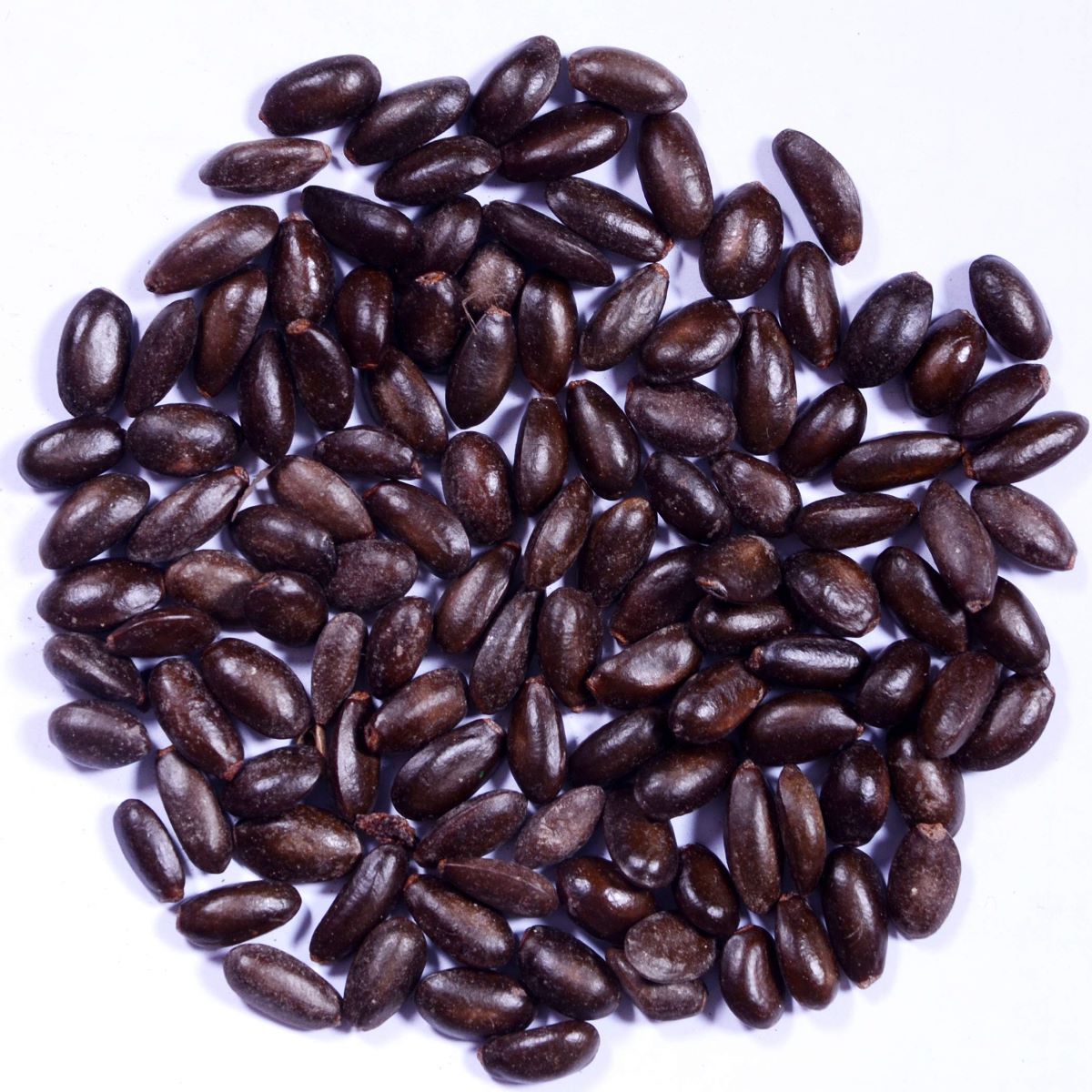
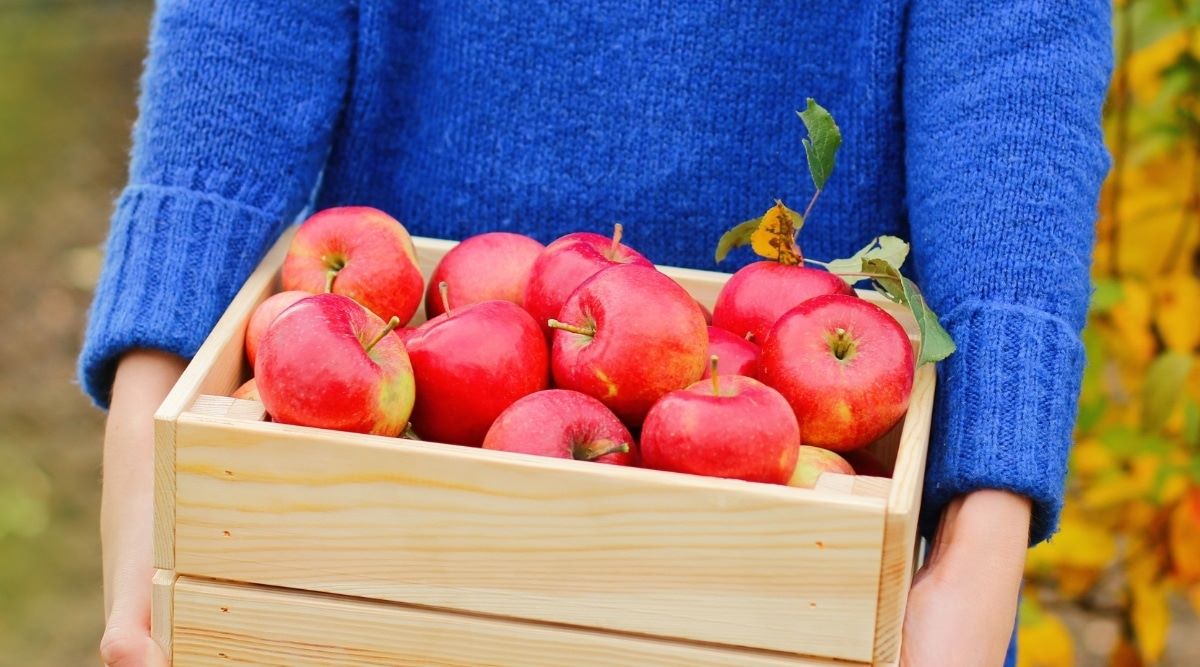
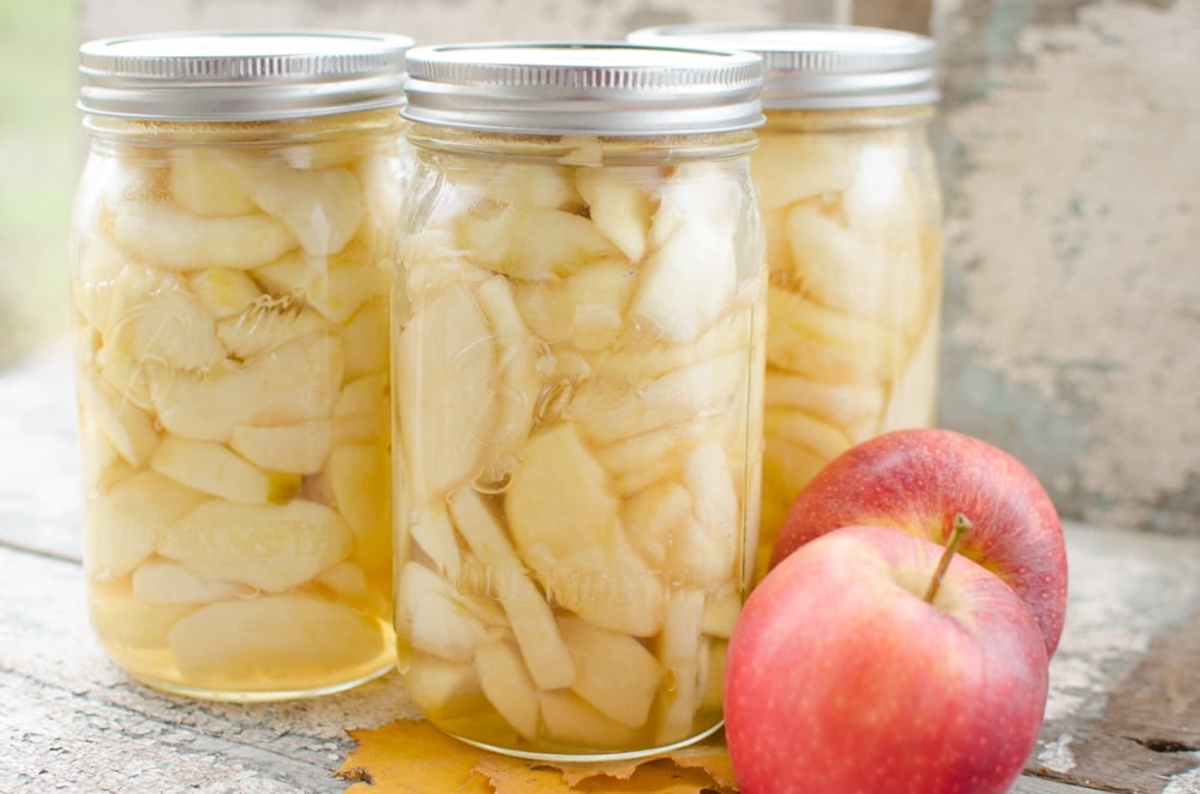


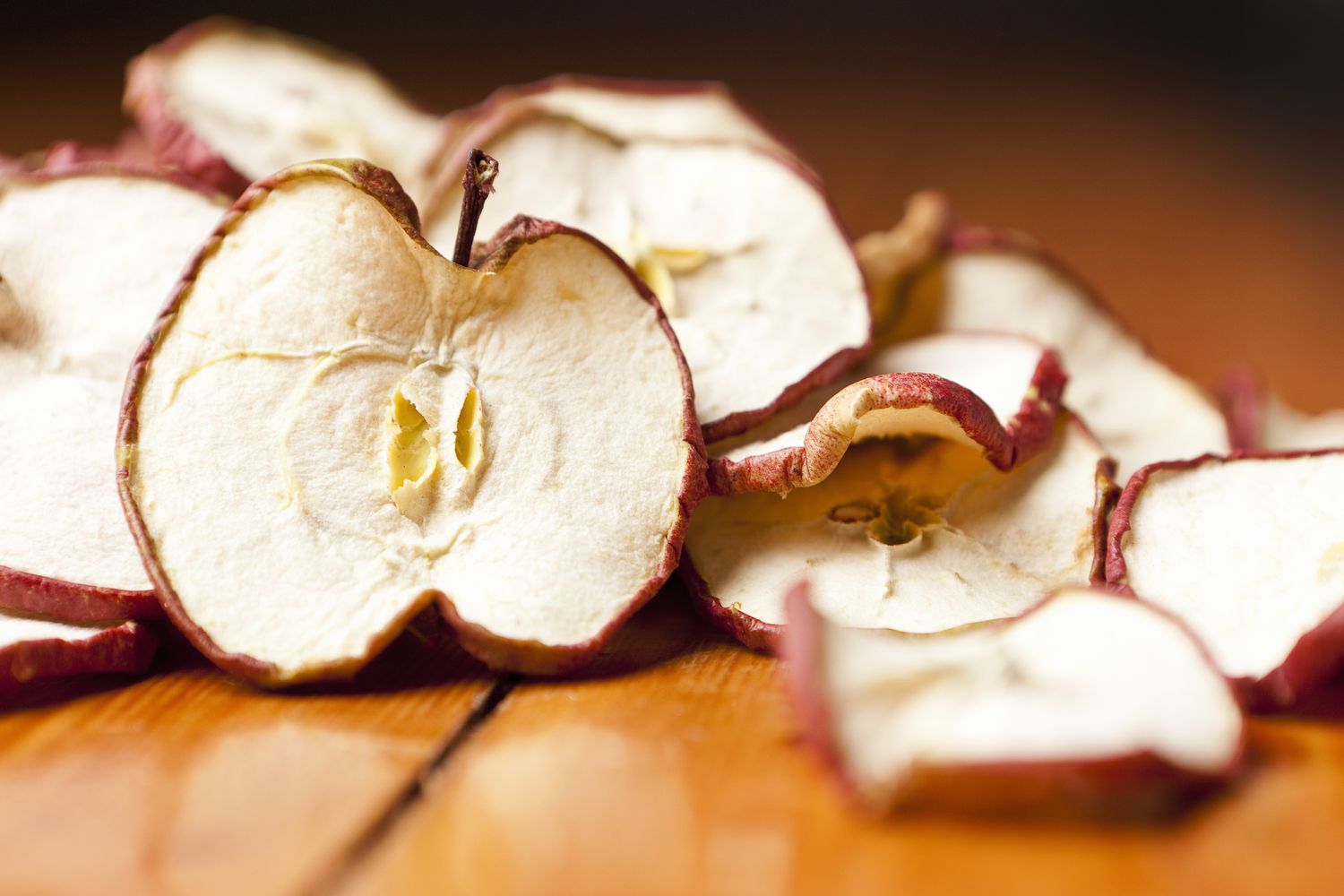

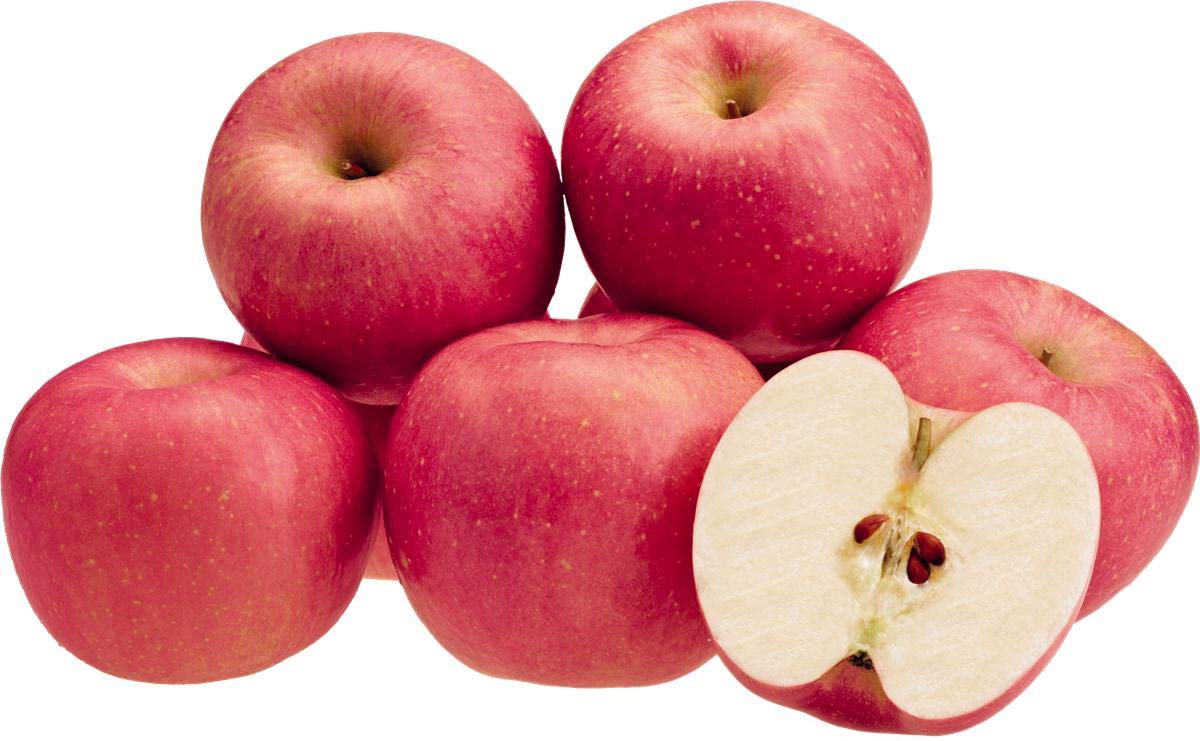

0 thoughts on “How To Store Apples In Refrigerator”